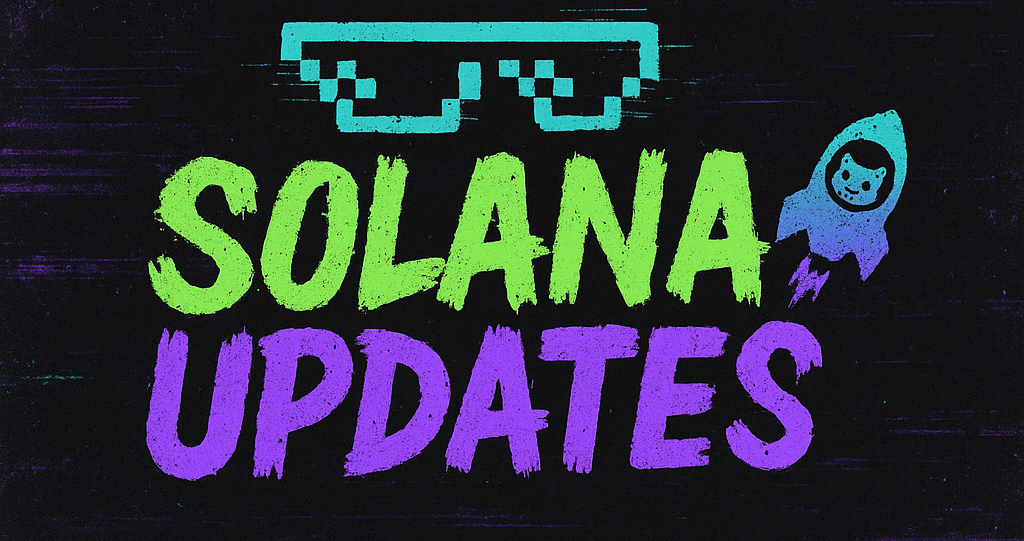The financial world is abuzz with discussions about the relative safety of stablecoins compared to traditional bank deposits. At a recent Proof of Talk panel, Diogo Monica, a general partner at Haun Ventures, made waves by suggesting that stablecoins might actually offer a safer haven for funds than traditional commercial bank deposits.
Stablecoins, digital currencies pegged to stable assets like the US dollar or euro, are designed to minimize the volatility typical of cryptocurrencies such as Bitcoin and Ethereum. Monica’s assertion is rooted in the idea that the blockchain technology underpinning stablecoins provides a higher level of security and transparency for users. This technology allows for real-time audits and the potential for decentralized control, which theoretically reduces the risk of fraud and mismanagement.
Monica’s perspective aligns with a growing sentiment among crypto advocates who argue that traditional banking systems, laden with legacy infrastructure and bureaucratic inefficiencies, are less equipped to handle the demands of modern financial transactions and the associated risks. The 2008 financial crisis, which highlighted vulnerabilities in the banking sector, has only fueled these concerns, leading many to explore alternatives like stablecoins.
However, not everyone is convinced. Critics have pointed to significant transparency issues with some stablecoin issuers, notably Tether. Tether has faced scrutiny over its claims that every USDT token is backed by a US dollar, with critics accusing the company of lacking sufficient transparency in its financial disclosures.
These concerns are not unfounded. The opacity surrounding the reserves backing many stablecoins raises questions about their ability to maintain their value during market turbulence. Unlike bank deposits, which are typically insured up to a certain limit by government bodies like the Federal Deposit Insurance Corporation (FDIC) in the United States, stablecoins are not subject to the same regulatory safeguards.
Despite these challenges, the appeal of stablecoins continues to grow. They offer a level of accessibility and convenience that traditional banking systems often cannot match, particularly for individuals in countries with unstable currencies or restrictive banking regulations. For these users, stablecoins represent a viable alternative to safeguard their wealth against inflation and currency devaluation.
The debate over the safety and reliability of stablecoins versus bank deposits underscores a broader transformation in the financial landscape. As blockchain technology evolves, it is likely that regulatory frameworks will adapt, potentially closing the current gaps in transparency and security.
In conclusion, whether stablecoins are indeed safer than bank deposits remains a topic of heated debate. While the technology offers promising advantages, the lack of regulatory oversight and transparency continues to be a significant hurdle. As the conversation progresses, it will be essential for both proponents and critics to engage in constructive dialogue to navigate the future of digital finance.
🛒 Recommended Product: Check out top-rated crypto gear on Amazon


